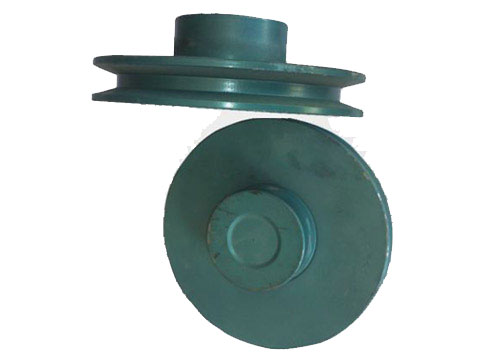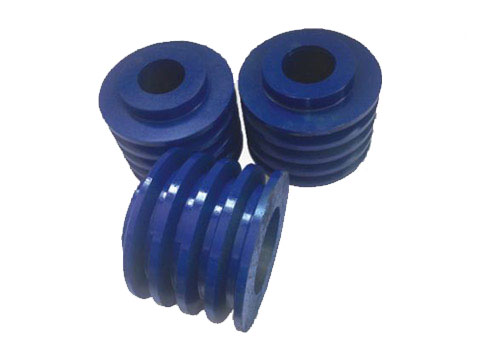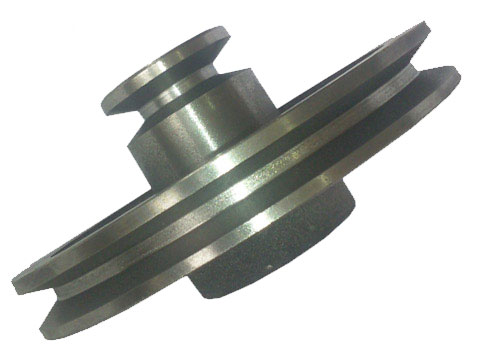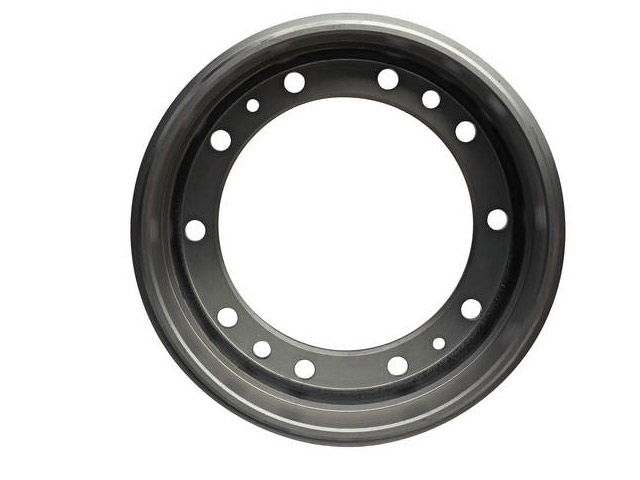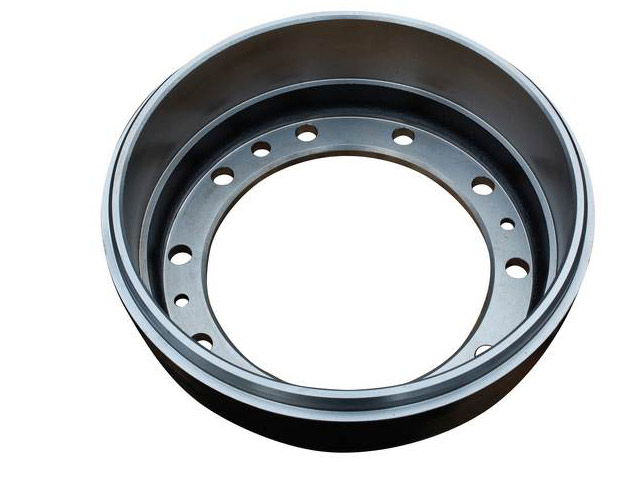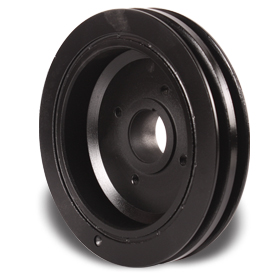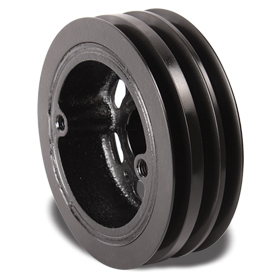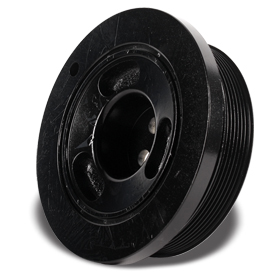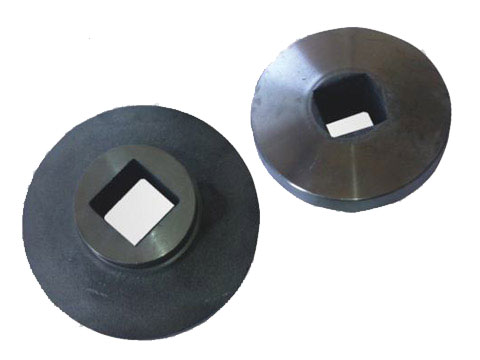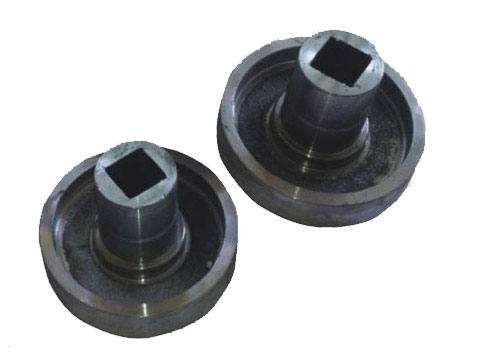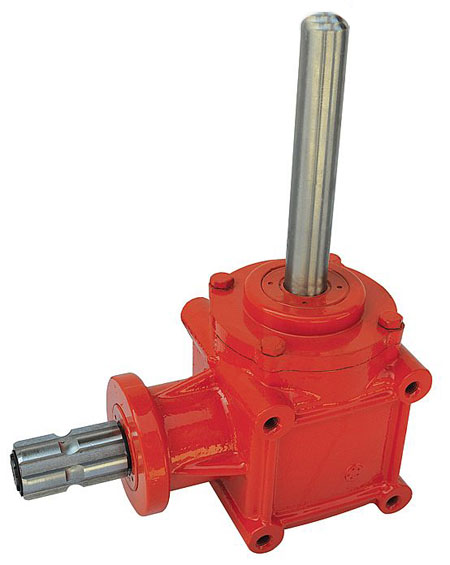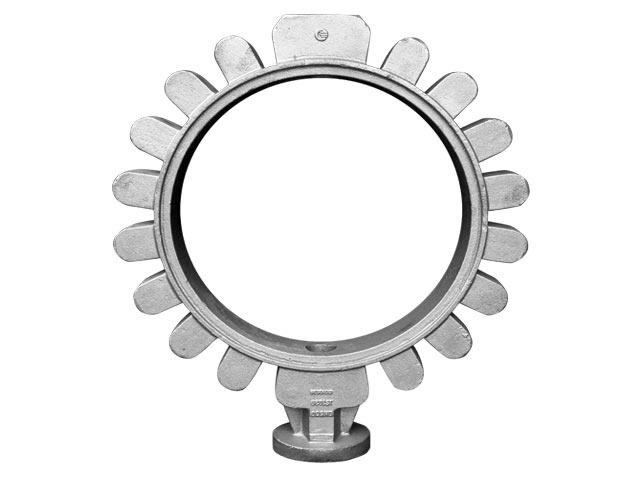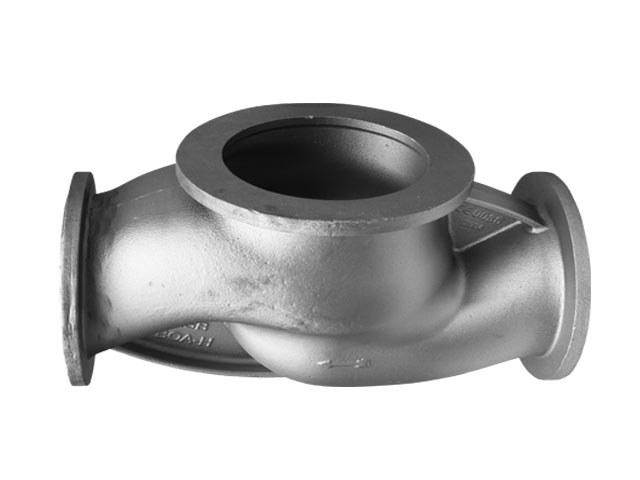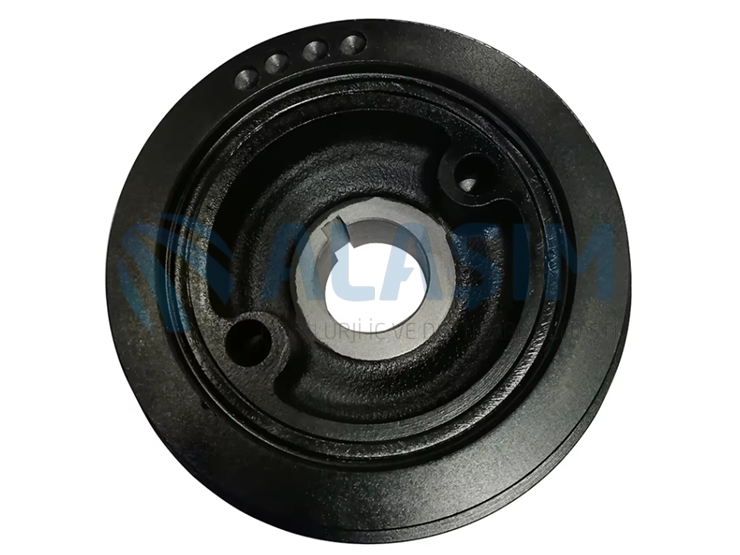
Cast iron
Cast iron is a material defined by its high carbon content (usually 2-4%), which gives it hardness and durability, but also gives it a brittle structure. It has a wide range of use due to its low-cost production process and formability during casting. Its chemical composition includes elements such as manganese, silicon and phosphorus, which improve the mechanical properties of the material. Cast iron is resistant to high temperatures and oxidation, but since its wear resistance is low, it requires more careful use, especially in corrosive environments. This material is preferred in various applications such as the automotive industry, construction machinery, engine parts, and its performance can be increased with heat treatment.
Cast iron is a casting material obtained by combining iron and carbon in certain proportions and is generally defined by its high carbon content. The carbon content usually varies between 2-4% and this affects the hardness, durability and formability of the material. Cast iron is generally brittle due to its high carbon content, but its durability can be increased with appropriate heat treatments. Being a material that can be cast more easily than steel makes it an economical and efficient option in various industrial applications.
Chemical Composition and Structure
Cast iron contains, in addition to carbon, small amounts of elements such as manganese, silicon and phosphorus. Carbon provides the hardness of the material, while silicon increases fluidity during casting, facilitating shaping. Manganese generally prevents carbide formation during casting, increasing the strength and formability of the material. The microstructure of cast iron generally consists of graphite (lamellar or spheroidal) and ferrite or pearlite phases. This structure determines the mechanical properties of the material and offers different performance characteristics depending on the type of alloy used.
Physical Properties
Cast iron is a hard and brittle material due to its high carbon content. This property determines its use in corrosive environments and applications carrying high mechanical loads. Cast iron is a material with low wear resistance but high tensile strength, which makes it a preferred option in certain areas. In addition, its resistance to high temperatures and oxidation allows this material to be used in industrial machinery and equipment. Cast iron also has advantages in terms of machinability, because it is easier to shape and cast than steel.
Heat Treatment and Performance
Cast iron is a material whose performance can be increased with various heat treatment techniques. Processes such as annealing, hardening and normalizing change the internal structure of the material, increasing its strength and fracture resistance. With these processes, the ferrite and pearlite ratios in the microstructure of cast iron are optimized, which improves the properties of the material. In addition, certain alloys and heat treatments increase the wear resistance of cast iron, ensuring long-term use in difficult conditions. Heat treatment helps reduce the brittleness of the material and minimizes the risk of cracking.
Areas of Use
Cast iron is used in a wide range of applications, especially in the automotive industry, construction machinery, engine parts, heat exchangers and cast parts. Thanks to its high temperature resistance and durability, it is preferred for parts such as engine blocks, brake discs, chassis parts. It is also widely used in the construction sector, machinery and equipment, as parts used in harsh conditions. Cast iron is quite common in such industries because it provides a low-cost production process and high efficiency.
Advantages and Challenges
Cast iron offers advantages with its low cost production and high durability. Easy casting and shaping process speeds up production processes and reduces costs. However, due to its high carbon content, cast iron can be brittle and this can pose limitations especially in impact applications. Therefore, brittleness should be minimized by heat treatment and using suitable alloys. In addition, cast iron generally has low wear resistance, which requires careful maintenance during its service life.

